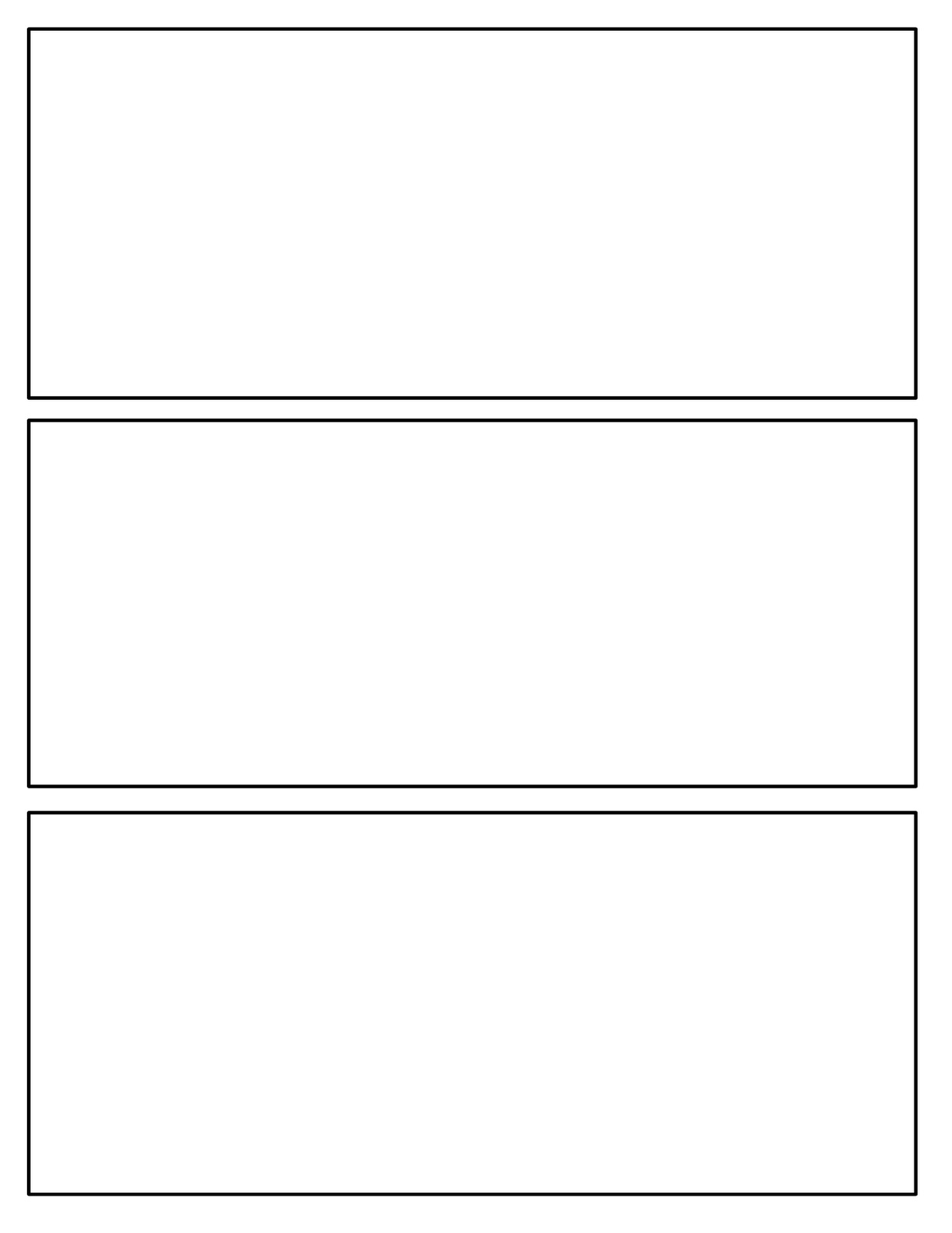
Yes, cracking a stolen hash is faster, but it's not what the average user should worry about. (Plausible attack on a weak remote web service. (You can add a few more bits to account for the fact that this is only one of a few common formats.) Uncommon (non-gibberish) base word ]Ĭaps? ]Ĭommon Substitutions ] On each row, the first panel explains the breakdown of a password, the second panel shows how long it would take for a computer to guess, and the third panel provides an example scene showing someone trying to remember the password.)) The comic is laid out with 6 panels arranged in a 3x2 grid.
#SIMPLE COMIC PANEL TO PANEL PASSWORD#
A set of boxes is used to indicate how many bits of entropy a section of the password provides.


Limit the space allowed for the text of each panel to a third.((The comic illustrates the relative strength of passwords assuming basic knowledge of the system used to generate them. Trim your text down to the bare necessities.Make the speech bubbles for the characters who are closer bigger, and the bubbles for the more distant characters smaller. And now it's time to settle that score.” above the image of Jack saying “I’ll show them all!” For example, you could write “Jack Smith had a chip on his shoulder all his life. If you can't convey something through dialogue, put it into narrative text.Use these as the foundation upon which you build the rest of the scene. Take a look at your list of key words, phrases, and dialogue that you came up with while working on the plot of your simple comic. This will describe the action and convey the emotions in your simple comic. You need to write the text of your comic in the remaining space on the page. Now that you have your background and characters in your panels, your stage is set and your players are ready for the story. For example, a character getting shocked might have his panel bordered with a zig-zag line. You can use different shapes or outlines to convey emotion or sensation in your panel.You don’t want these lines to be confused for the sketch work you add when you put character-shapes and background images in your panels. Use thick lines when sectioning off the panels of your pages.Simply divide your paper into four quarters, creating four scenes for each page. For beginners, you might want to start with the classic four panel approach.For example, the punchline could take up the bottom half of a page, while the other panels could take up the top half. Make the more important panels larger, and the less important panels smaller.Using this as your template and a pencil, break your pages into panels that depict the action of your scene. Refer to your practice page and the panel distribution you drew there. Your simple comic should be no more than two pages long for the purposes of practice or idea development, though you may want to use a long-draft simple comic for roughing out more complete comic ideas. Thickening the output of the edge detector is a cheap way to. Indeed, these panel borders are sometimes a bit rough, so it’s possible that background pixels insert themselves. X Research sourceīreak your page(s) into panels. To make the segmentation process more robust, I decided to thicken the edges so that the lines along each panel’s border are contiguous. You'll write the text of the comic around these major events in the form of narration and dialogue. Your sketched images should centralize around some kind of action or interaction.Too much dialogue and text can distract or overwhelm the reader. Tap the circle with a + inside to access the basic. Tweaking your dialogue and narrative text to make it concise and to the point. Click the Inspector (i) in the toolbar and make sure youre on the Page tab to add a comic style background.

It'll also create dialogue and set the tone. This will dictate how the characters treats each other.

The images you include while writing your simple comic need to be sketches that give the impression of action while taking as little time from the development of your story as possible. Focus your attention on dialogue and story over presentation.


 0 kommentar(er)
0 kommentar(er)
